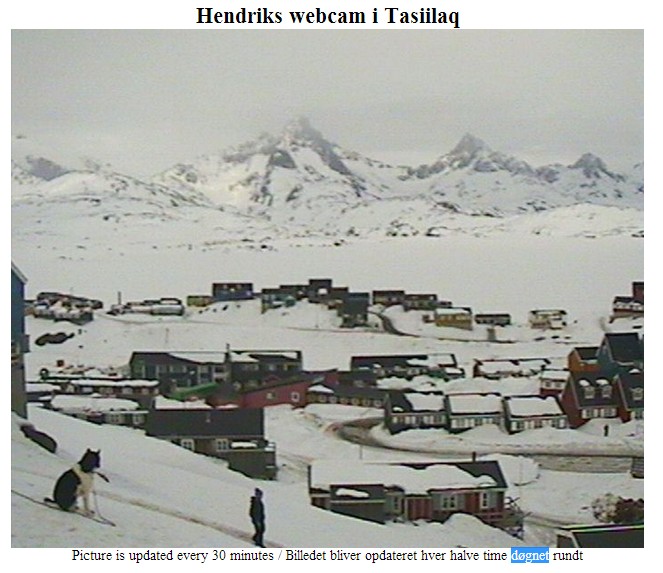Disrupting the Borg is expensive and time consuming!
Google Search
-
Recent Posts
- Fact Checking NASA
- Fact Checking Grok
- Fact Checking The New York Times
- New Visitech Features
- Ice-Free Arctic By 2014
- Debt-Free US Treasury Forecast
- Analyzing Big City Crime (Part 2)
- Analyzing Big City Crime
- UK Migration Caused By Global Warming
- Climate Attribution In Greece
- “Brown: ’50 days to save world'”
- The Catastrophic Influence of Bovine Methane Emissions on Extraterrestrial Climate Patterns
- Posting On X
- Seventeen Years Of Fun
- The Importance Of Good Tools
- Temperature Shifts At Blue Hill, MA
- CO2²
- Time Of Observation Bias
- Climate Scamming For Profit
- Climate Scamming For Profit
- Back To The Future
- “records going back to 1961”
- Analyzing Rainfall At Asheville
- Historical Weather Analysis With Visitech
- “American Summers Are Starting to Feel Like Winter”
Recent Comments
- Bob G on Fact Checking NASA
- Bob G on Fact Checking The New York Times
- Bob G on Fact Checking The New York Times
- Bob G on Fact Checking The New York Times
- Bob G on Fact Checking The New York Times
- arn on Fact Checking The New York Times
- conrad ziefle on Fact Checking The New York Times
- arn on Fact Checking The New York Times
- Bob G on Fact Checking The New York Times
- conrad ziefle on Fact Checking The New York Times
Hendriks’ Dog Laments The Disappearing Arctic
This entry was posted in Uncategorized. Bookmark the permalink.



It looks like the global warming has caused Hendrik to shrink compared to his dog…
http://www.sciencedaily.com/releases/2011/09/110927112413.htm
The dog must have just returned from his migration to the “cooler North” since he was not affected by the “global warming shrinkage”.
I think the dog’s gone in now.
It’s either too hot for him, or he’s off to watch Chelski.
Where’s the football pitch?
Reblogged this on Gds44's Blog.
Glad to see the dog is safe and sound. He has survived another ice free Greenland winter.
That dog better be careful around that water. Gators love dog.
I wonder if anyone has an archive of Hendriks pictures so that year to year changes could be studied?